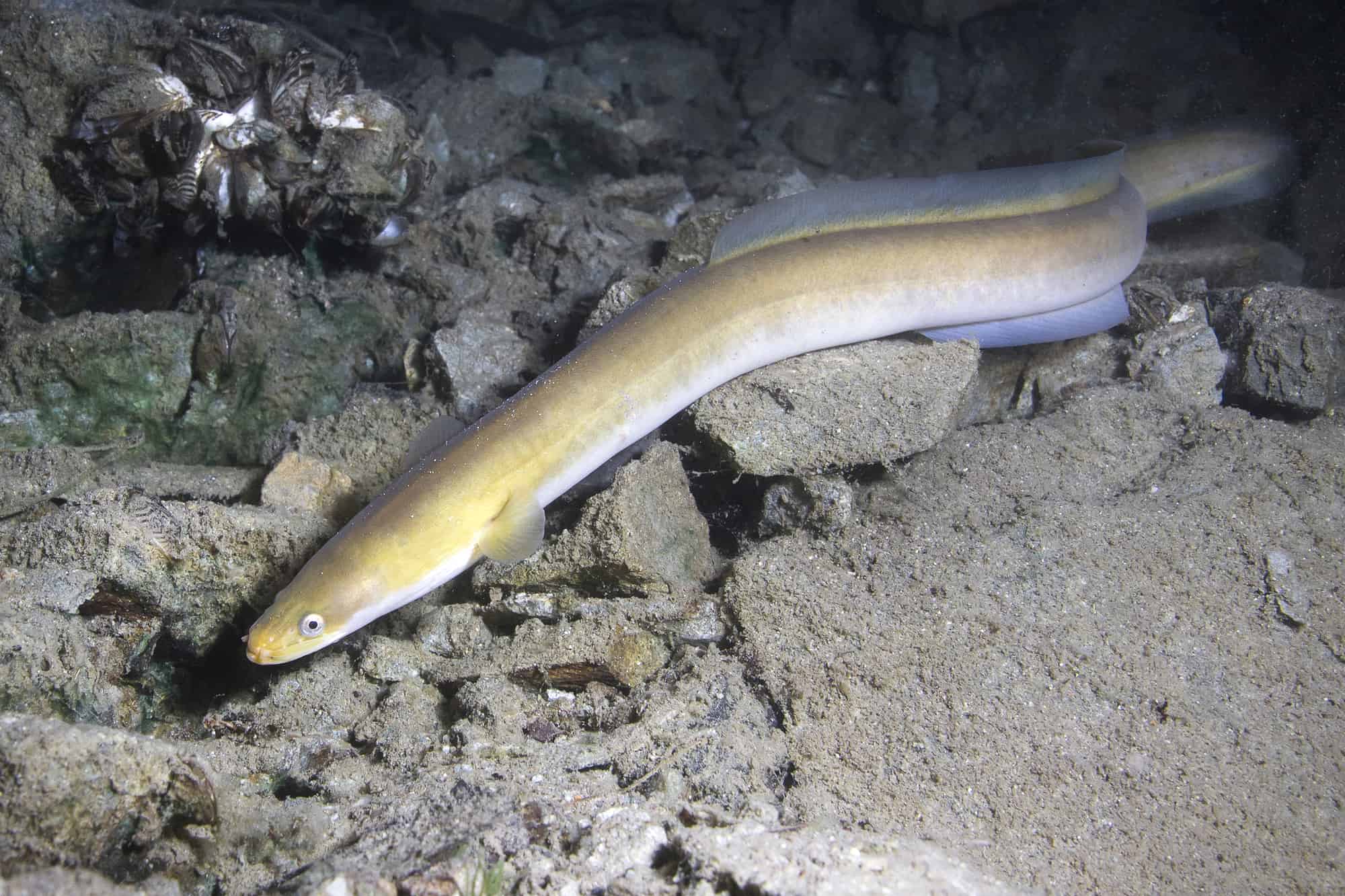How Eels Mate and Reproduce Everything You Need to Know
Eels are fascinating creatures that inhabit freshwater and marine environments worldwide. They have a unique life cycle that involves migrating thousands of miles from their birthplace to the ocean, where they mate and die. But how do eels reproduce? In this article, we will explore the different stages of eel reproduction and answer some common questions about this mysterious process.
Eels reproduce:
Eels are known for their long, slender bodies and snakelike movements. But did you know that they also have a complex reproductive cycle? Understanding how eels reproduce is essential for conservation efforts and for maintaining healthy populations. In this article, we will provide a comprehensive guide to eel reproduction, including the different stages involved and the challenges faced by eels in the modern world.
Stage 1: The Leptocephalus Larvae Eels begin their life cycle as tiny, transparent larvae called leptocephali. These larvae hatch from eggs that are laid in the ocean by adult eels. Leptocephali are carried by ocean currents and can travel thousands of miles before reaching freshwater habitats. Once they reach freshwater, they transform into glass eels and then into elvers, which resemble miniature eels.
Stage 2: The Silver Eel As eels mature, they develop into silver eels, which are larger and more muscular than their younger counterparts. Silver eels have also developed reproductive organs, which allow them to mate and produce offspring. During the fall, adult silver eels begin to migrate from freshwater habitats to the ocean, where they will mate and die.
Stage 3: Mating and Spawning Once silver eels reach the ocean, they begin to undergo physical changes in preparation for mating. Male eels produce sperm, while female eels develop eggs. When a female is ready to mate, she releases pheromones into the water to attract male eels. The male eels then release their sperm, which fertilizes the female’s eggs. After mating, the female eel will lay her eggs in the ocean, and the cycle begins anew.
Challenges Facing Eels Eel populations worldwide are facing a variety of challenges, including habitat loss, overfishing, and pollution. These factors have led to declines in eel populations and have made it harder for eels to complete their life cycle. Conservation efforts are underway to protect eel habitats and to promote sustainable fishing practices. Understanding the reproductive cycle of eels is essential for these efforts and for ensuring the survival of these remarkable creatures.
Conclusion:
Eels are fascinating creatures with a unique life cycle that involves migrating thousands of miles and undergoing multiple transformations. Understanding how eels reproduce is essential for conservation efforts and for maintaining healthy populations. By protecting eel habitats and promoting sustainable fishing practices, we can help ensure that these remarkable creatures continue to thrive for generations to come.
Featured Images Credit : Aquariadise



